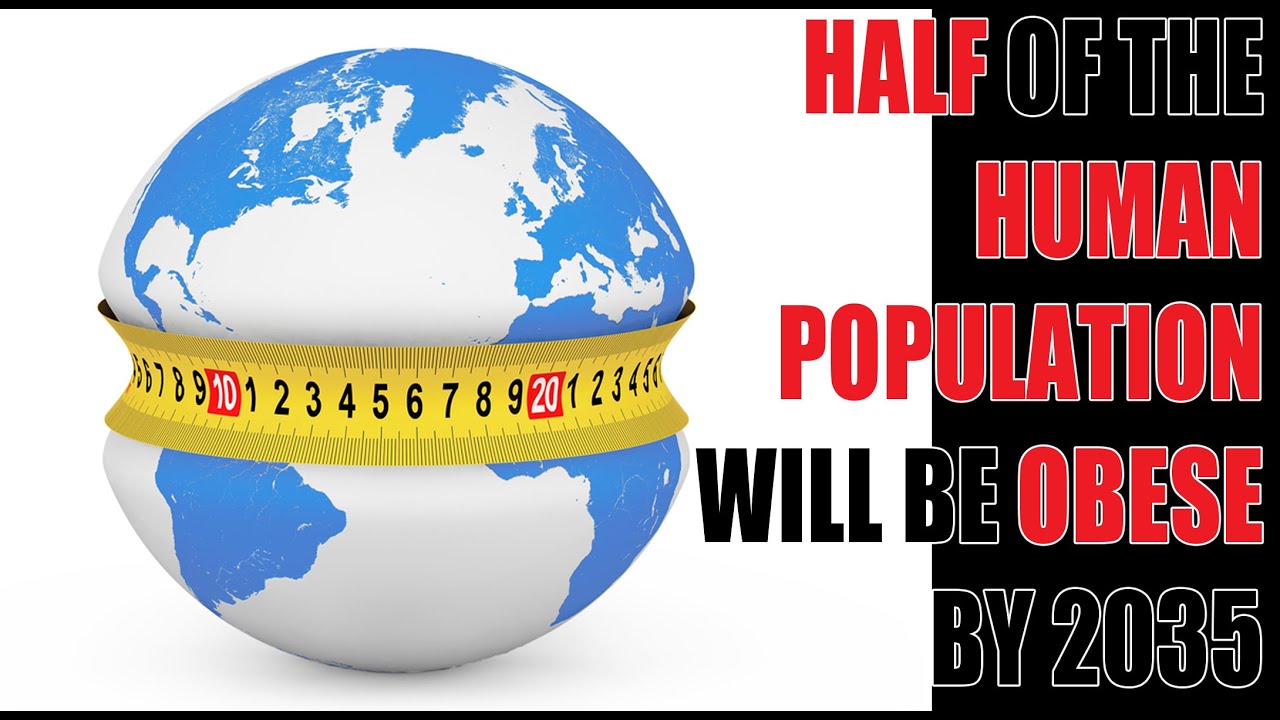More than half the world will be obese by 2035, a scary thought indeed

According to the World Obesity Federation 2023 report, 51% of the world or approximately more than 4 billion people will be obese or overweight in the next 12 years.
Obesity rates are on the rise especially among children as well as in third world countries.
President of the World Obesity Federation Louise Baur said, “It is particularly worrying to see obesity rates rising fastest among children and adolescents.
A World of Obese?
“Governments and policymakers around the world need to do all they can to avoid passing health, social and economic costs on to the younger generation.” The study found that the numbers could double from 2020 to 208 million obese boys and 175 million obese girls in 2035. The report uses body mass index for its assessment, a number calculated by dividing a person’s weight in kilograms by their height in metres squared.
The World Health Organisation states that a BMI score of more than 25 is overweight and over 30 is obese. In 2020, 2.6 billion people were categorized as obese. The prediction going forward is that middle income countries like Asia and Africa will have the greatest increases.
Reasons include trends in dietary preferences towards more highly processed foods, greater levels of sedentary behaviour, weaker policies to control food and marketing and less well resourced healthcare services to assist in weight management and health education.
Lower income countries are “often the least able to respond to obesity and its consequences.” The findings will be published and presented to the United Nations on March 6.
Is BMI really a good calculator for obesity?
As a general rule it is, says University of Glasgow’s Professor Naveed Sattar.
“It works in the vast majority of people, the vast majority of time. If two people are of the same height and one has a BMI of 25 and the other a BMI of 40, then excess body fat is the reason.” It is also much more accurate and less humiliating than checking your waist circumference which is another method.
BMI measurements are not accurate or suitable for heavier people who may be carrying a lot of muscle and less fat such as bodybuilders, boxers and rugby players. Muscle is dense to they end up with higher BMIs although this is only applicable to a small percentage of people.
Enjoying this article?
Subscribe to get more stories like this delivered to your inbox.
Waist circumference may be more accurate
Studies show that people who carry a lot of fat around their waists are at higher risk of health problems than those with more fat around their thighs and buttocks.
They are more likely to have fat stored in their abdomen around key organs, which could increase the risk of heart disease, stroke and type 2 diabetes.
“So waist size may be a better way to monitor your health than BMI. If people think they have lots of muscle mass, their waists should be lower for a given BMI – so they can easily check,” says Prof Sattar.
Don’t buy into breadcrumbing. A toxic relationship style that must be nipped in the bud
Senior Writer
